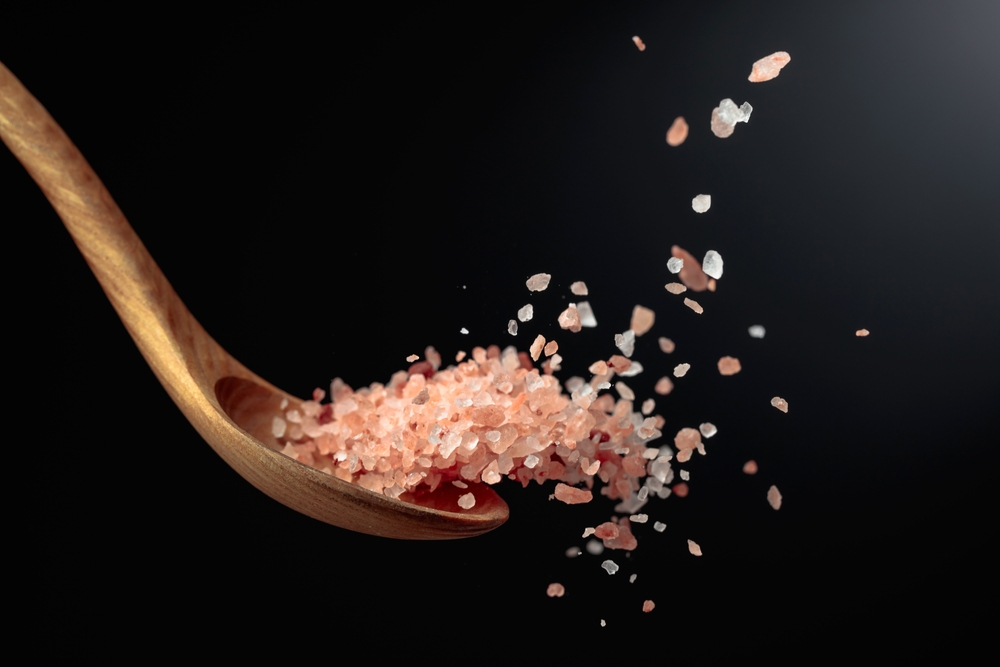
The Salty Continuum: Explore Edible and Non-Edible Salt Products
Salt is the staple ingredient in your kitchen and essential to elevate every cuisine’s flavors. When it comes to thinking about salt, what is the first image that comes to your mind? I see salt rocks and salt grinders. You can find a variety of salts around the world, but Himalayan salt is the purest and most expensive salt worldwide, with lots of health benefits. The pink hues of Himalayan salt are because of the minerals and iron oxides present in it. Himalayan salt comes in different particle sizes like extra fine grain, fine grain, medium, coarse, and chunk sizes, and all of these grains have different purposes. Fine-grain salt is used in cooking, while courses and medium-sized grains are used as garnishing on different cuisines and for many other purposes. Pakistan has the world’s second-largest reserves of salt. Kahwra mine is the world’s second-largest salt mine; every year, salt exporters export tons and tons of Himalayan edible and nonedible products worldwide. The Himalayan salt of Pakistan is of high quality and pure of any chemical and artificial flavor infusions. In this article, we will talk about the spectrum of both edible and nonedible salts.
Edible Salt As Culinary Essence
Edible salts are the soul of every food. Some people like their food to be salty, and some like its moderate quantity in their meals, while some like it less in their meals, but they need help to resist its use in their cuisines fully. Asians love to eat rice with every meal, be it boiled rice or other traditional rice dishes; salt is compulsory as rice tastes bland without its use. You can say that salt is a necessity for every food item. Our company exports edible salt products and gourmet salts to many counties in various quantities and sizes and packaging according to consumer demand, like salt grinders and salt cooking slabs or plates.
The Culinary Icon
Edible salts are also known as table salts. Himalayan salts are best used in cuisines to enhance the flavor of the food. There is a whole world of salts, from different textures to very different flavors, like Himalayan and sea salt. You can use Himalayan salt, like ordinary salt in your cuisines, for marination and flavors and sprinkle it from above onto your food. People use Himalayan salt plates to infuse flavors in cooked meals and dishes.
Unique Flavors
Now, you can find a wide range of unique flavored salts, but adding different herbs or spices to make them more flavourful when used in any food. Today, you can find a variety of complex and unique flavored salts like kosher salt, black salt, rock salt, and many others. Using the right amount of these edible salts can make every bland food item delectable.
Resourcefulness Of Non Edible Salts
Non Edible salts are equally beneficial as edible salts. Non Edible salts are a powerhouse of different industries. Products like salt lamps, salt fire bowls, iron baskets, etc, are used as decoratives, and salt soap bars and spa items are suitable for healing many skin problems.
Industries Powerhouse
Non Edible salts are used in the energy industry, especially in solar power, because the process needs some salinity ratio so that specific chemical reactions can take place to make them work properly. Salt is also used by many industries like the aviation industry and other chemical industries in forming de-icing mixtures to prevent the formation and removal of ice from aircraft surfaces, roads, and other things. Salts also manufacture chemicals like sodium hydroxide, baking soda, bleaching powders, etc.
As Healing Agent
Salts are also used as healing agents. Red salt, Himalayan salt, Epsom salt, and other salts act as healing agents for many diseases like sore muscles and skin itchiness and cure many other skin problems. Also, salt baths reduce body stress and provide relief.
Decoratives
Companies use Himalayan pink salt rocks to carve them for various decorative purposes. People love to keep salt lamps and other salt decoratives, like iron basket, fire bowls, etc., at home as it has air-purifying properties and gives a warm and smooth glow.
Edible and Non Edible Salt Distinction
Edible and nonedible salts are both the same. We obtain salts from seawater or salt mines, but the distinction is how companies refine and process these salts for the intended purposes. The salt harvesting process consists of many complex steps; the salt we use in our households differs from before mining.
In Conclusion
Salt is the staple ingredient people use to enrich their food with flavors. We provide the best quality Himalayan pink, black, smoke, and Sriracha salt gourmets. We export our products in more than sixty countries. We use fully automatic machinery for salt refining to the final product packaging. We believe in maintaining good relationships with our clients. That’s why we provide them with good quality products so they can trust us and have a reliable relationship with us for the future. Visit our website and connect with us to get the best quality edible and nonedible Himalayan salt products.


